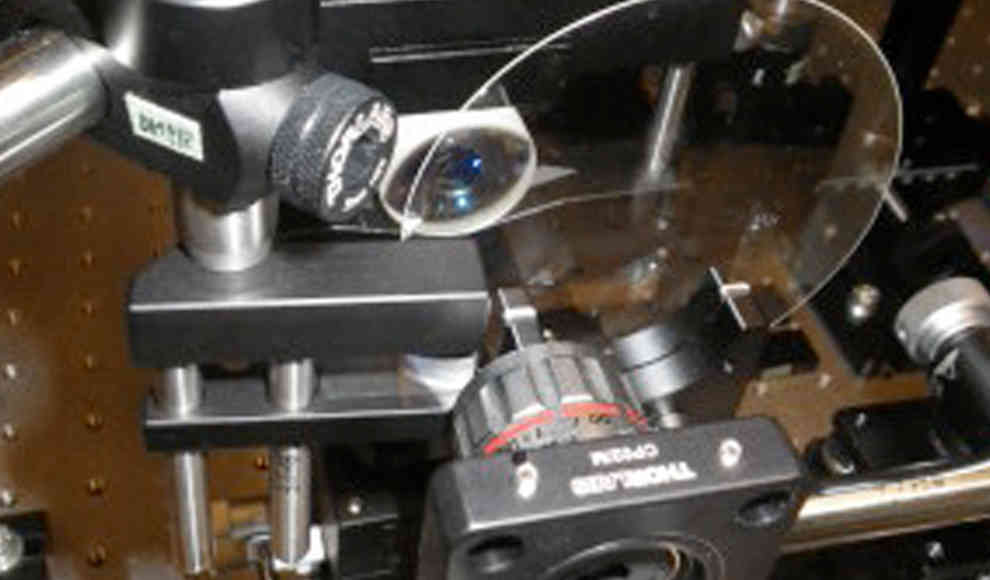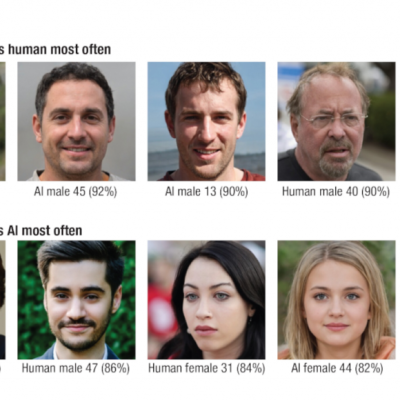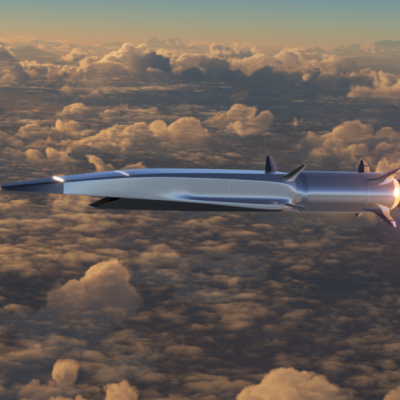In a groundbreaking experiment involving frequency-dependent phase shifting, scientists have successfully captured an image of an object without direct illumination. Led by Austrian physicist Anton Zellinger from the University of Vienna, the research team tackled a proposal by quantum physicist Leonard Mandel from 1991. The study, reported by Gabriela Barreto in the scientific journal Nature, explores the interpretation of the fundamental laws of optics, specifically the imaging of an object without the direct influence of light.
To make something visible, light is required, as in photography. Light, like sound, consists of different wavelengths and is capable of transporting various information. However, certain wavelengths are not visible to the human eye, such as infrared and ultraviolet radiation. In the experiment, the scientists split a laser beam into two separate light beams using special mirrors. It is physically impossible to illuminate an object with one beam and reunite the optical information in a laser beam at a later stage due to interference.
The two split beams were then divided into different light frequencies, resulting in four beams that were split into infrared and almost-infrared frequencies. By rearranging them into different frequency pairs, the photons of the infrared frequencies were able to pass through the object and later be integrated back into the light beam, resulting in complete interference coverage. The almost-infrared beams had no contact with the object, a cardboard cutout of a cat silhouette. The experiment demonstrates that by dividing light frequencies, indirect illumination of objects can occur. Although the study is primarily focused on quantum physics research, the scientists believe that it could have applications in medicine or microchip technology.










